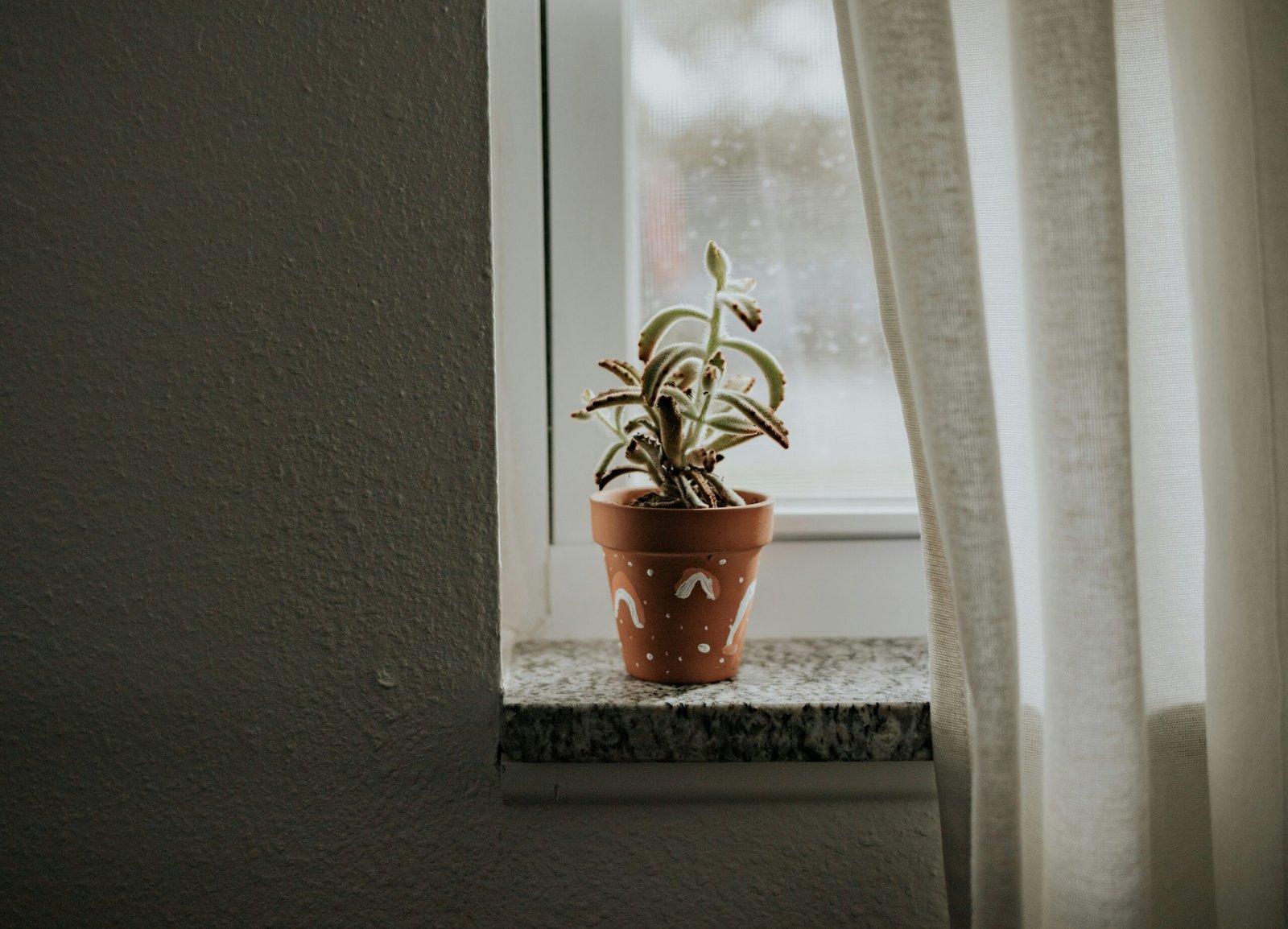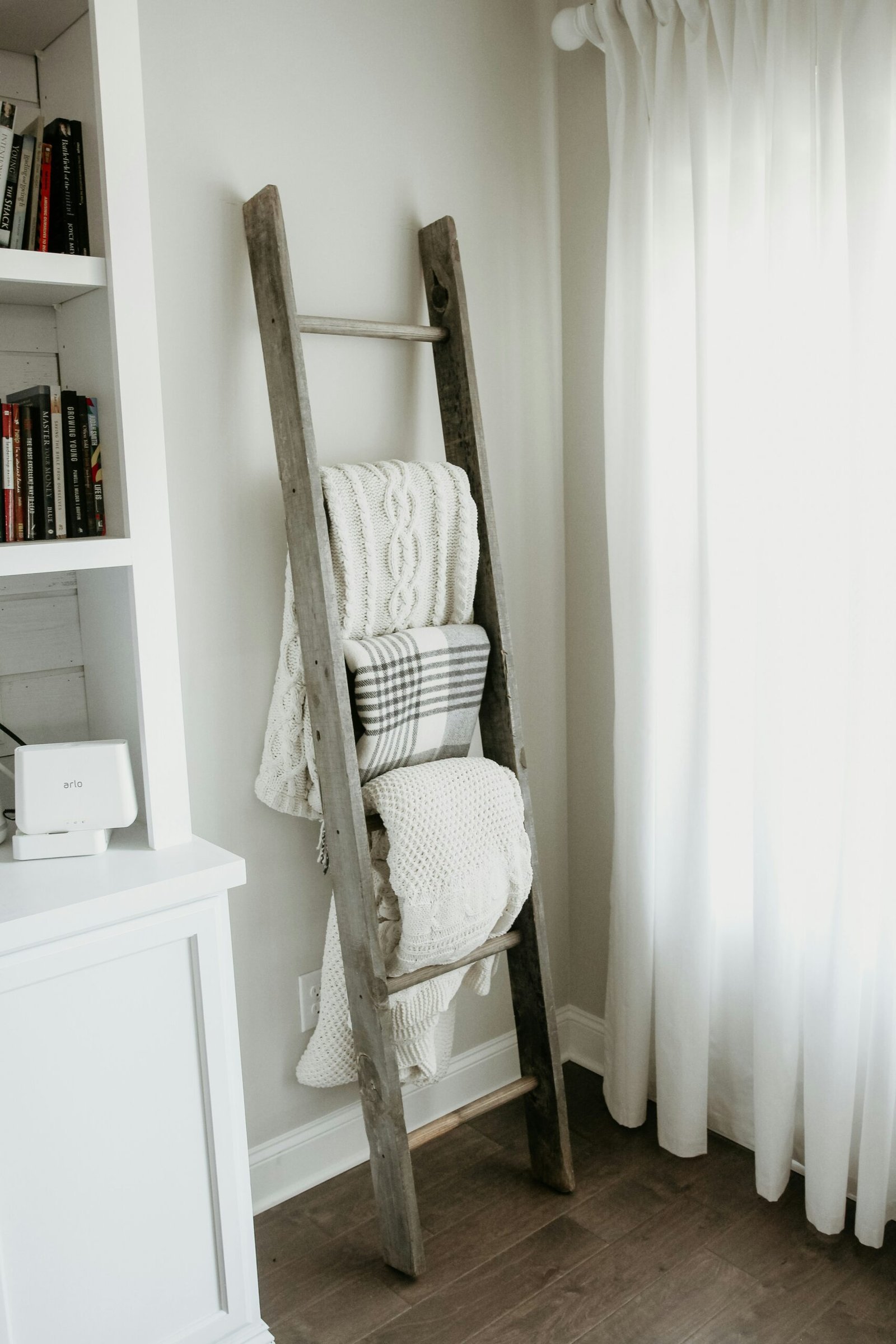Introduction: The Challenge of Small Spaces
Living in small spaces presents unique challenges, particularly when it comes to storage. Limited space often means fewer storage options, making it difficult to keep areas organized and free from clutter. As more people embrace urban living, the quest for efficient storage solutions becomes essential. A cluttered space not only looks untidy but can also impact functionality, making daily activities more cumbersome.
To maximize the usability of small spaces, it’s crucial to adopt creative and efficient storage solutions. Traditional storage options may not always be feasible in compact living environments, hence the need for inventive and practical approaches. This is where a do-it-yourself (DIY) approach comes into play, offering a dual advantage: customization and cost-effectiveness. By crafting your own storage solutions, you can tailor designs to fit specific needs and dimensions, ensuring no inch goes to waste.
This blog post will focus on providing practical DIY storage solutions that cater to various small-space scenarios. From utilizing vertical space to incorporating multi-functional furniture, we will explore diverse methods to enhance storage and maintain a tidy, functional living area. Whether you’re dealing with a tiny studio apartment or a compact home office, these DIY ideas will help you optimize space while maintaining a stylish and organized environment.
“`
Vertical Storage: Going Up When Space Is Tight
One effective method to enhance storage capacity in small living spaces is by employing vertical storage solutions. Utilizing vertical space helps maximize every inch of a room while preventing floor clutter, thus contributing to a more organized and visually pleasing environment. Wall-mounted shelves, pegboards, and hanging organizers are some practical DIY projects that can transform underutilized wall areas into valuable storage zones.
Wall-mounted shelves provide an excellent platform for storing books, decorative items, kitchen supplies, or even bathroom essentials. You can create these shelves using materials such as wood, glass, or metal to match your desired aesthetic. For a rustic look, reclaimed wood coupled with industrial brackets can add both functionality and charm to a room.
Pegboards are another versatile option, particularly suitable for workshops, kitchens, and offices. They offer a customizable approach to organizing tools, cooking utensils, or office supplies with the use of hooks, baskets, and shelves. Pegboards can be painted to complement any decor style, be it modern, vintage, or eclectic.
Hanging organizers, including fabric or mesh pockets, can be installed on the back of doors or along walls, providing accessible storage for smaller items such as accessories, shoes, or pantry goods. These organizers are not only space-efficient but also easy to relocate and adjust as needed.
When embarking on DIY vertical storage projects, selecting the right materials and tools is essential for both aesthetics and durability. Opt for sturdy materials that can support the weight of the items you intend to store. Basic woodworking tools, a drill, level, and stud finder are typically required for secure installation. For safety, ensure each storage fixture is properly anchored into wall studs or with appropriate hardware for drywall.
Customizing vertical storage solutions to match different decor styles and needs can greatly enhance their utility and appeal. Personalized shelves with unique paint finishes, creative pegboard layouts, and stylistic touches like decorative brackets contribute to a cohesive and functional living space.
By thoughtfully incorporating vertical storage solutions, small spaces can be transformed into organized, efficient, and visually appealing areas that make the most of every available inch.
Multi-Functional Furniture: Double Duty Designs
In small living spaces, every square inch counts, making multi-functional furniture a crucial element of any design. These versatile pieces not only save space but also add valuable storage, turning potential clutter spots into organized areas. Whether purchasing new or embarking on a DIY project, there are several innovative ways to incorporate double duty designs into your home.
Storage Ottomans are a perfect example of multi-functional furniture. They offer a place to sit, a footrest, and hidden storage space. To create your own storage ottoman, start by planning the dimensions based on your room’s needs. Using plywood for the frame, foam for cushioning, and a durable fabric for covering, you can craft a piece that complements your existing decor. Ensure that the lid is easily removable or features hinges for practicality.
Fold-Out Desks provide a compact workspace that can be stowed away when not in use, making them ideal for small apartments. Begin your DIY fold-out desk by measuring the wall space and selecting a sturdy wood or metal base. Mounting the desk securely with brackets and hinges will allow it to fold up flat against the wall. Add shelves or compartments for extra storage of office supplies.
Beds with Built-In Drawers help to maximize bedroom space by eliminating the need for additional dressers. To construct a bed with built-in storage, start by designing a frame with ample drawer space beneath the mattress. Using high-quality wood and robust slides will ensure durability and ease of access. Customize the drawer fronts to match your room’s style, and consider adding dividers within the drawers to keep items organized.
These DIY projects not only offer space-saving solutions but also provide an opportunity for personalization. The potential benefits include significant cost savings compared to store-bought options and the satisfaction of creating functional, stylish pieces tailored to your own needs. When building multi-functional furniture, measure carefully, use quality materials, and pay attention to finishes to ensure that your creations are both practical and aesthetically pleasing.
Living in compact areas calls for inventive storage solutions that maximize every inch of space available. By adopting a creative mindset, you can uncover unconventional yet effective storage possibilities that transform cluttered corners into organized sanctuaries. One remarkable idea involves using the inside of cabinet doors for added storage. Installing hooks or small shelves on the inside of kitchen or bathroom cabinet doors can remarkably enhance space utilization, accommodating items such as spices, cleaning supplies, or bathroom essentials.
Another ingenious solution is repurposing old items like jars and crates into storage organizers. For instance, glass jars can be mounted on wooden boards and hung on walls to store kitchen utensils, screws, or craft supplies. Similarly, vintage crates can be refurbished to serve as stackable storage units or floating shelves, offering a rustic charm while clearing up floor space.
Moreover, hidden storage can be seamlessly incorporated into areas typically overlooked. The space under stairs, for example, can be transformed into a compact storage hub by installing drawers or cabinets. These can house anything from shoes and books to seasonal decorations, all while maintaining an inconspicuous appearance. Similarly, behind-door storage solutions such as slim cabinets or pocket organizers can provide concealed spaces for items like shoes, accessories, or cleaning tools, keeping them within reach yet out of sight.
For a practical project, consider creating a hidden storage unit beneath furniture. By adding shallow drawers under coffee tables or beds, you can tuck away seldom-used items without sacrificing precious floor space. To execute this, measure the available space, source drawer kits or use sturdy boxes, and ensure they glide smoothly for effortless access.
Embrace the challenge of space limitations by viewing your living area with a fresh perspective, noticing every nook and cranny that could serve as additional storage. This mindset will not only enhance the organization of your space but also add a personalized touch to your surroundings.



